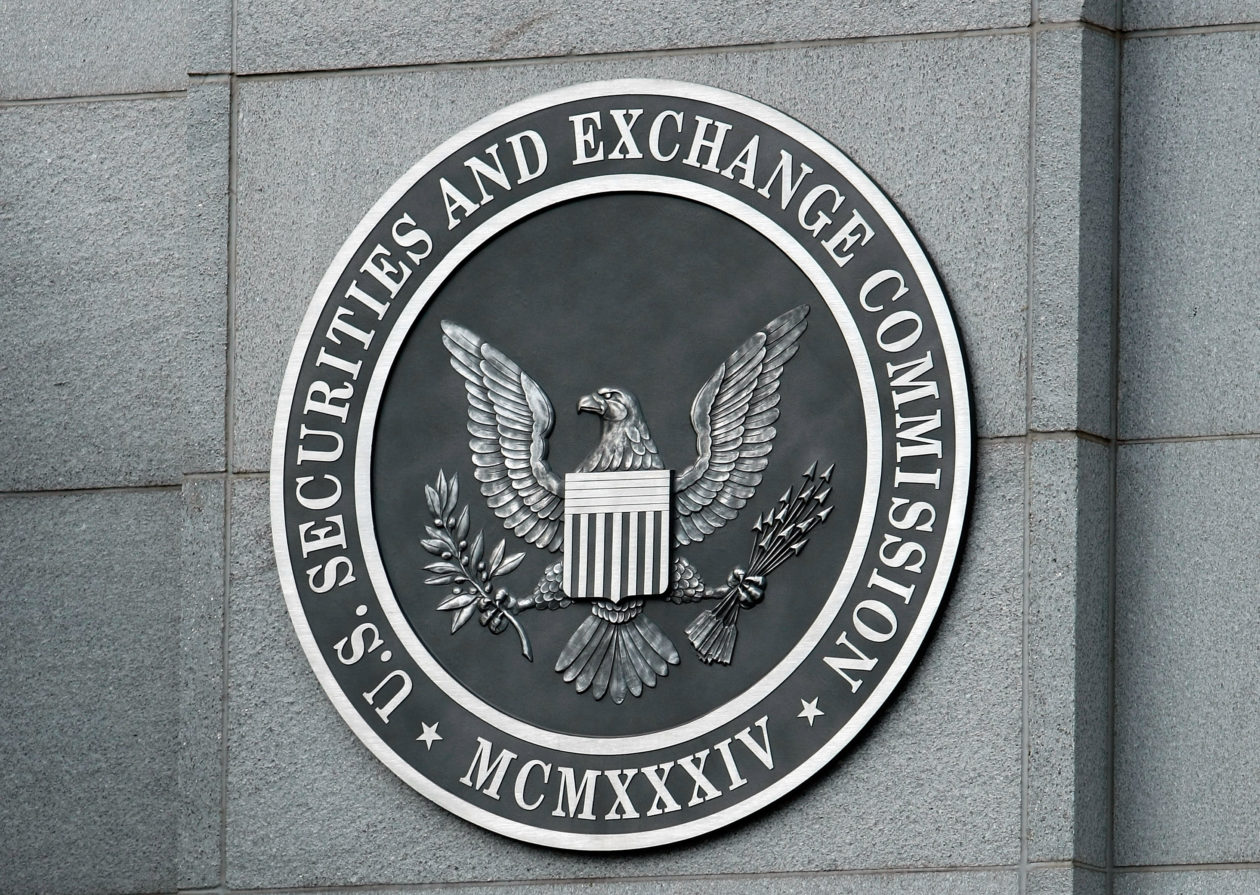U.S. Securities and Exchange Commissioner Heather Peirce released a statement dissenting from a settlement announced Monday that deemed BlockFi Lending LLC an unregistered investment company and resulted in two penalties of US$50 million each to the SEC and 32 states to settle the charges.
Peirce, dubbed Crypto Mom for her friendly stance on crypto, pointed out that borrowers were not hurt by the lender’s actions and therefore the penalty is disproportionate. “Is the approach we are taking with crypto lending the best way to protect crypto lending customers?” she wrote in her statement. “I do not think it is, so I respectfully dissent.”
The BlockFi settlement is the first for crypto lending as the industry has come under increasing scrutiny by the SEC. Last month, three companies, Celsius Network, Galaxy Trust and Voyager Digital, confirmed to Bloomberg they were cooperating with an SEC enforcement review centered on whether their interest-bearing crypto products are unregistered securities.
“Today’s settlement makes clear that crypto markets must comply with time-tested securities laws, such as the Securities Act of 1933 and the Investment Company Act of 1940,” stated SEC Chairman Gary Gensler in an announcement. The commission urged lending platforms to come into compliance with federal securities laws.
Peirce pointed out that the current laws do not adequately account for crypto businesses, however. She wrote that BlockFi cannot register as an investment company because it issues debt securities so to become compliant it will actually be seeking an exemption or exclusion. She then states that due to “the Commission’s lack of experience with the … exclusion” the company would be hard-pressed to receive one within the timeframe established in the settlement.
She concludes, “We often tell companies wanting to offer products that could implicate the securities laws to ‘come in and talk to us.’ To make that invitation meaningful, however, we need to commit to working with these companies to craft sensible, timely, and achievable regulatory paths.”

